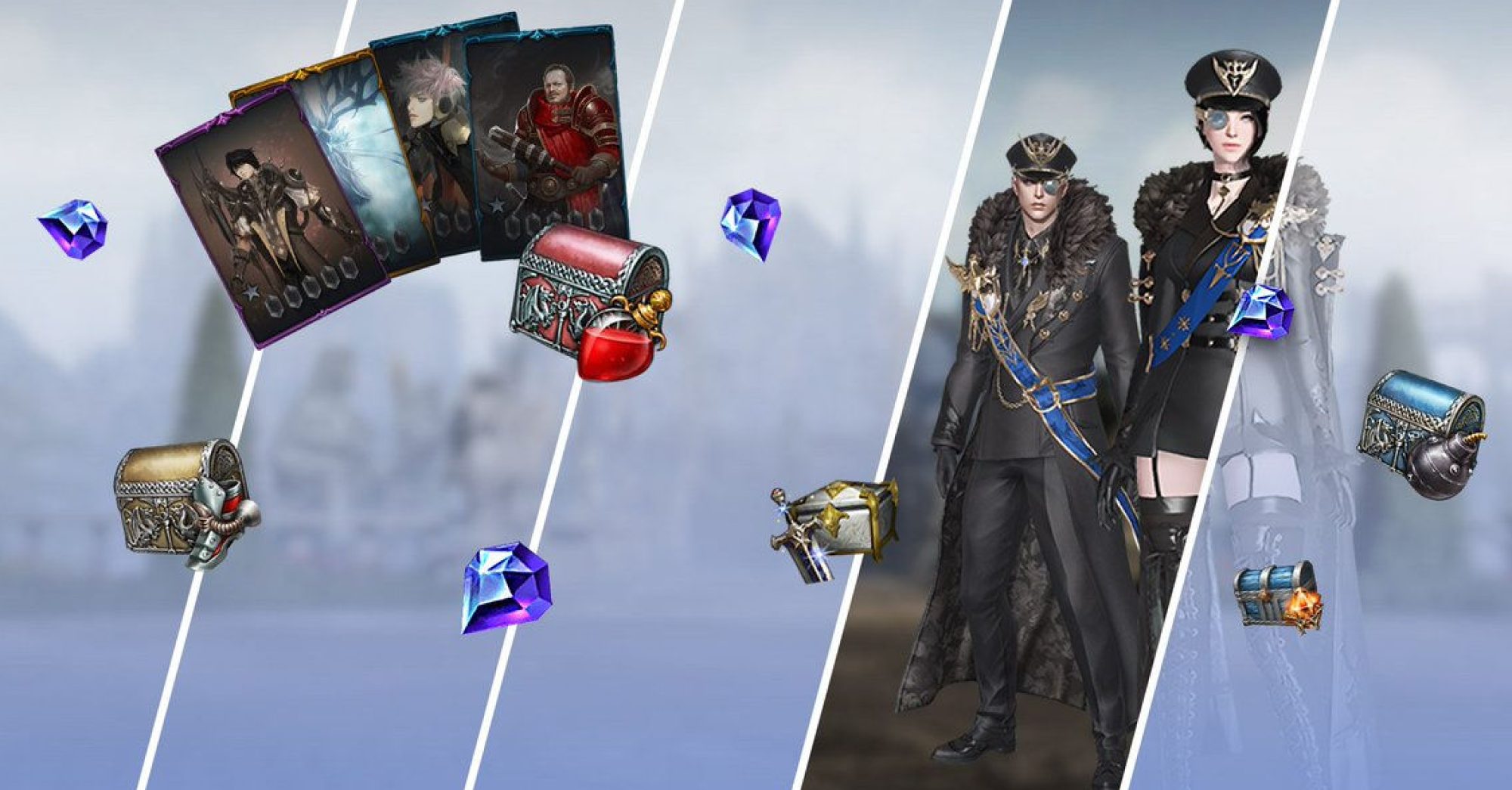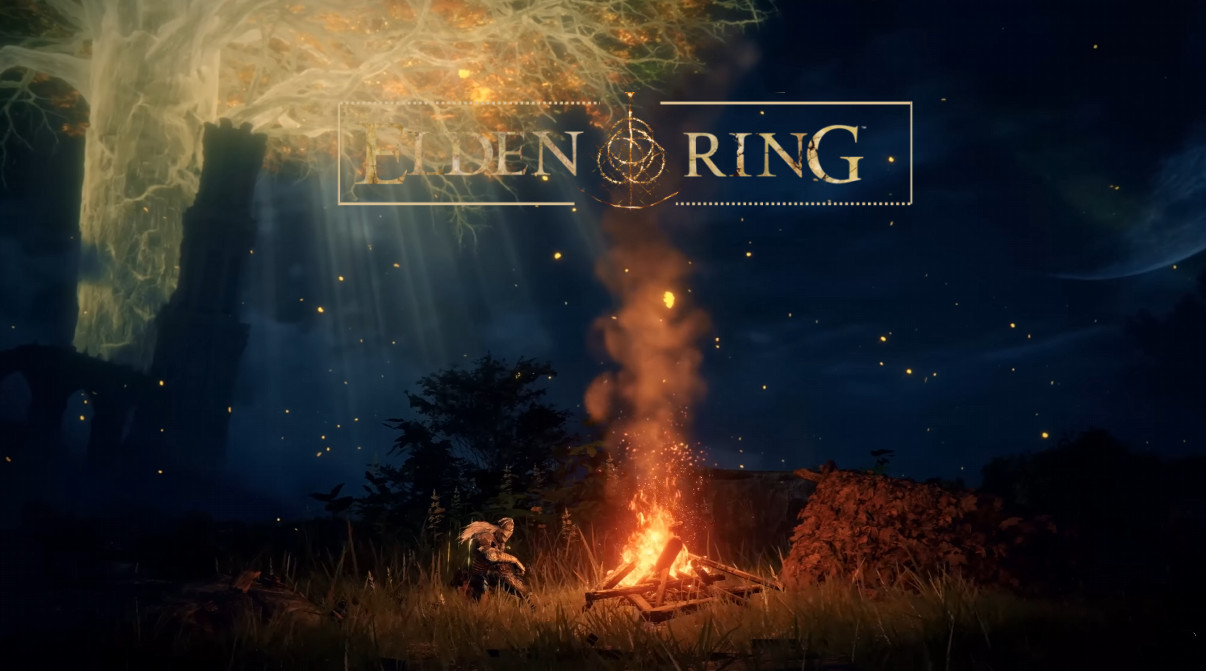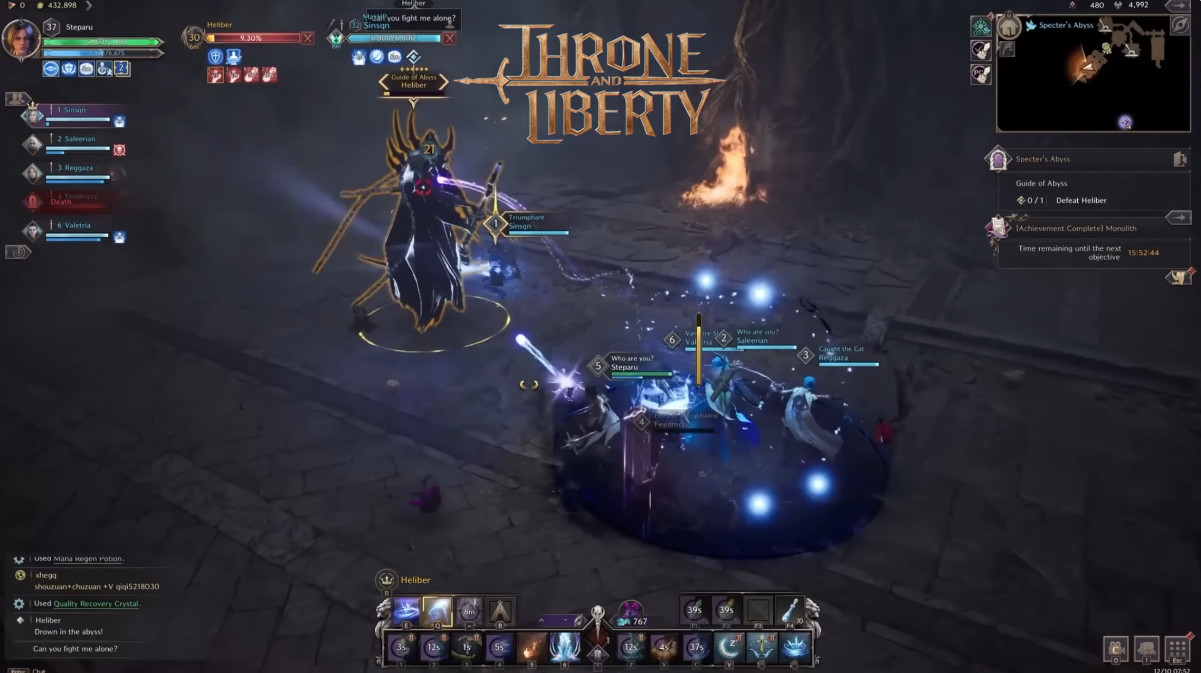Venturing into the world of Diablo 4, the recent patches have introduced significant changes to Vaults and overall Dungeons, sparking a range of sentiments from players. While Vaults now offer a more engaging experience compared to Nightmare Dungeons (NMD), some aspects could use refinement as we look ahead to Diablo 4 Season 4 and beyond.
Monster Density:
Vaults set a benchmark with their exemplary monster density, especially in the final room. However, many NMDs fall short in this aspect, lacking the thrill of speedy fun builds and mass AoE destruction. Addressing this disparity is crucial for maintaining the core essence of ARPGs and ensuring a consistently enjoyable experience across different dungeon types.
Rooms with 0 Loot & 0 EXP:
The inclusion of rooms with no loot or experience from monsters, particularly in NMDs, has been met with mixed feelings. These areas, such as NMD transition rooms with mandatory monster clearances, feel more like artificial roadblocks than integral parts of the gaming experience. Proposing their removal and focusing on enhancing overall dungeon density could streamline gameplay and eliminate unnecessary impediments.
Vault Traps:
Linking traps in Vaults to a currency system influencing end rewards seems logical in theory but has proven less satisfying in practice. The impact varies among classes, with some benefiting more than others. Moving traps to core game dungeons, coupled with a moderate increase in damage based on NMD level, could ensure a more universally appealing and challenging experience.
Back-Tracking / Dungeon Layout:
One prominent concern centers around the extent of backtracking required in NMDs, creating a stark contrast with the more linear design of Vaults. Streamlining dungeon layouts and minimizing unnecessary backtracking should be a priority, as it significantly influences the overall pacing and enjoyment of the game.
Dungeon Objectives:
Dungeon objectives in NMDs, particularly those requiring the player to kill all enemies or bring multiple items to a location, have faced criticism. Teleportation issues and bugs related to monster spawns need addressing, and reconsidering the design of objectives involving multiple items could alleviate frustration and improve overall player experience.
Dungeon Events:
The inclusion of events in dungeons has been met with mixed reviews, with concerns about slow timers, low density, and weak NPCs. While events could remain as optional activities, adjustments to timers, density, and rewards would enhance their appeal without causing unnecessary backtracking.
Glyphs:
Despite improvements following a glyph exp buff, leveling glyphs still feels somewhat sluggish, especially for classes utilizing numerous glyphs. A modest exp boost for glyphs could address this issue, providing a more balanced progression experience for players who enjoy experimenting with different builds.
NMD Sigils and Lack of Sigils Filter:
Introducing a filter system allowing players to choose desired affixes for NMD sigils would provide a more personalized and efficient experience. Additionally, addressing anti-fun affixes like Stormbane’s Wrath and Lightning Storm could contribute to a more enjoyable loot hunt.
Chests:
Chests, particularly small ones, currently lack meaningful rewards, leading many players to ignore them. Enhancing loot quality from all chests, including the possibility of dropping rare materials or cosmetic items, would incentivize players to explore and interact with these elements of the game.
Click-Only Doors & 2-Step Shrines:
Reducing the number of click-only doors and reconsidering the 2-step shrines could contribute to a smoother and more enjoyable gameplay experience, eliminating minor inconveniences that collectively impact overall pacing.
Running Back After Death:
Balancing death penalties and respawn mechanics, especially in NMDs, is crucial to prevent excessive frustration. A potential solution could involve adjusting respawn locations to strike a balance between maintaining the penalty’s significance and avoiding unnecessary run-backs.
Dungeons and Bosses Variety:
Diversifying dungeon tile-sets and introducing more in-dungeon bosses with unique mechanics would add a refreshing layer of variety to the gameplay. This would enhance the overall immersive experience by ensuring dungeons look and feel distinct from one another.
Butcher:
The inclusion of the Butcher adds a dynamic element to dungeon experiences, but increasing its spawn frequency and scaling for higher difficulty levels could intensify encounters and elevate the overall thrill.
Interaction Cast Times:
Streamlining interaction cast times, particularly in scenarios where they seem redundant, would contribute to a smoother and more fluid gaming experience. Reducing or removing unnecessary cast times would cater to a broader audience and align better with the current state of the game.
In summary, addressing these key points would contribute to refining the dungeons and overall gameplay experience in Diablo 4 Season 4 and future iterations. The Diablo community eagerly awaits the evolution of the game, and implementing player feedback is crucial in shaping a gaming environment that resonates with both veterans and newcomers alike. Read “D4 Season of the Construct” and “Diablo 4 Gold Farm Season 3” here, We look forward to Season 4 together.






